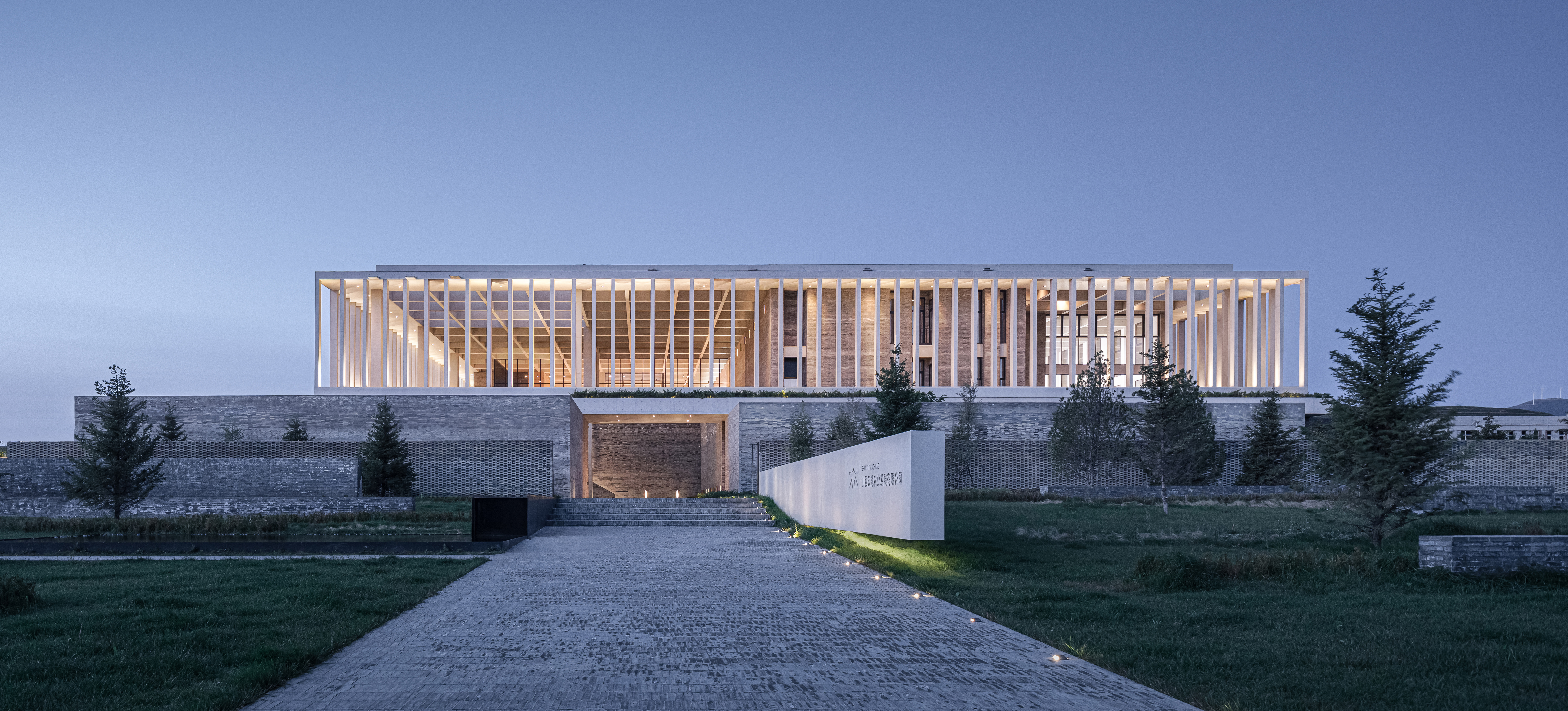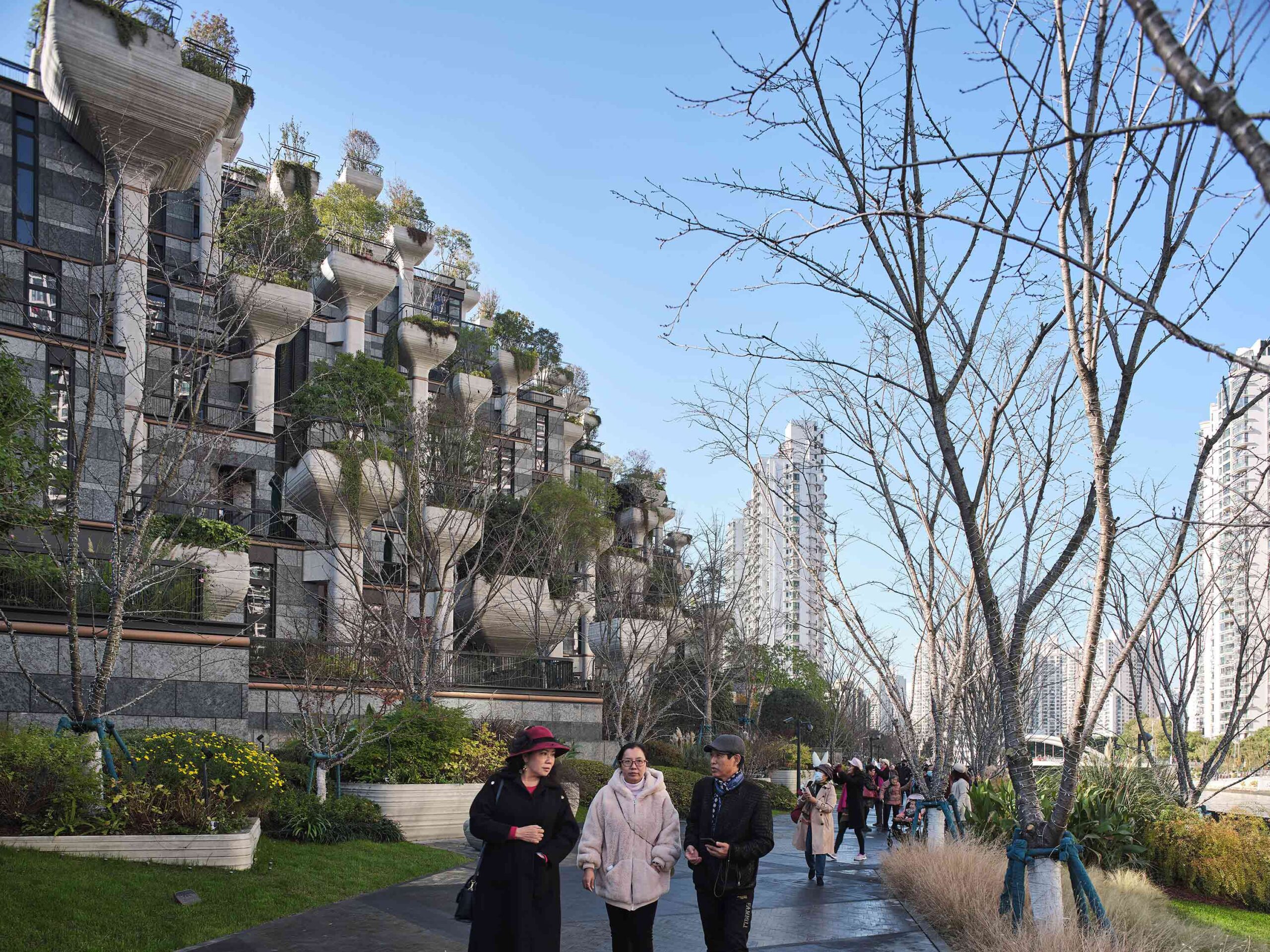Architects: Want to have your project featured? Showcase your work by uploading projects to Architizer and sign up for our inspirational newsletters.
Daylighting has been an integral part of architectural design since even before the Pantheon was constructed, where the oculus punctured the dome, letting sunlight filter into the basilica. In the modern era, as our buildings have grown taller and more complex, and as the balance between inside and outside has shifted, the importance of effective daylighting has grown extensively.
Architects have, for centuries, grappled with the challenge of bringing sunlight into buildings to create healthful, vibrant spaces that reduce reliance on artificial light and its associated energy costs. Therefore, daylighting, as this practice is known, is not just about positioning a building towards the sun and adding a few windows. It’s a scientific endeavor that requires understanding solar geometry, local climate, optimal materiality and site conditions to optimize the sun’s energy.
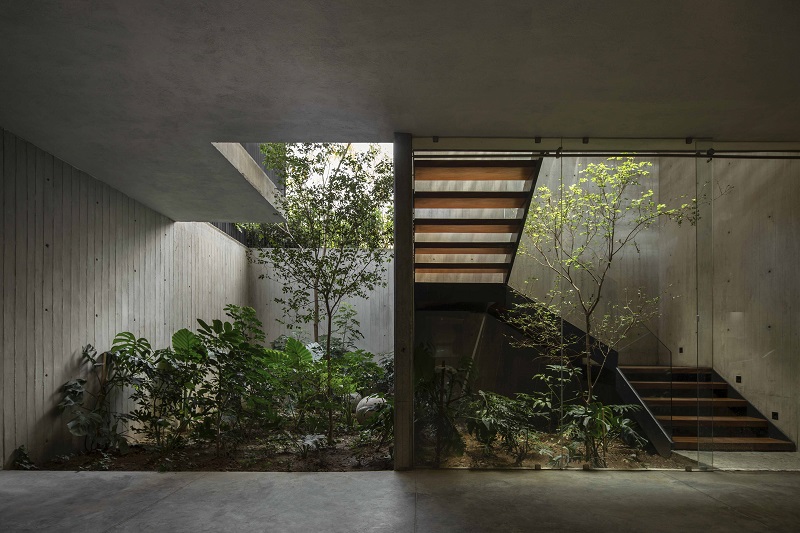
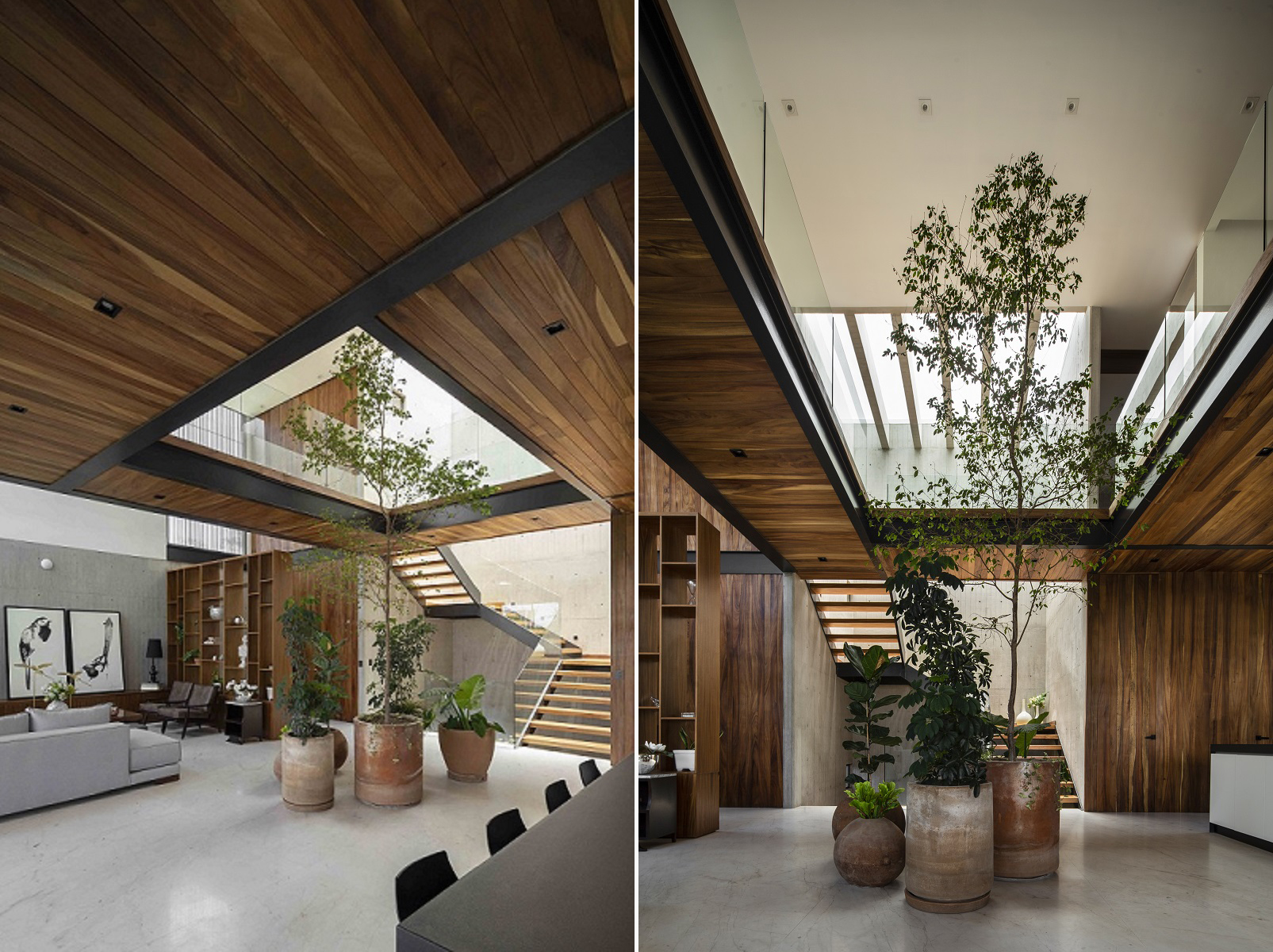
Lomas House by Arqueodigma Estudio, Guadalajara, Mexico. A central courtyard allows natural light to permeate each floor of the building, supporting the biophilic design approach. Photographs by Albers Studio
The process begins with understanding the sun’s path across the sky and how it changes over the seasons. This knowledge shapes the building’s orientation, adjusting its design to maximize or minimize exposure to sunlight depending on the local climate. For instance, in the northern hemisphere, southern façades receive the most sunlight during winter, making them ideal for passive solar gain. On the other hand, north-facing façades provide softer, more diffused light, ideal for spaces requiring consistent, glare-free illumination.
However, daylighting goes beyond site orientation. Every architectural element, from window design to material selection, has a role to play. Windows, as the primary conduits of daylight into a building, have a significant impact on the quality and quantity of light. This effect is not solely due to their size or placement but also the type of glazing used. Clear glass lets in more light and heat, while low-E (low-emissivity) coatings can reduce heat gain while maintaining substantial daylight.
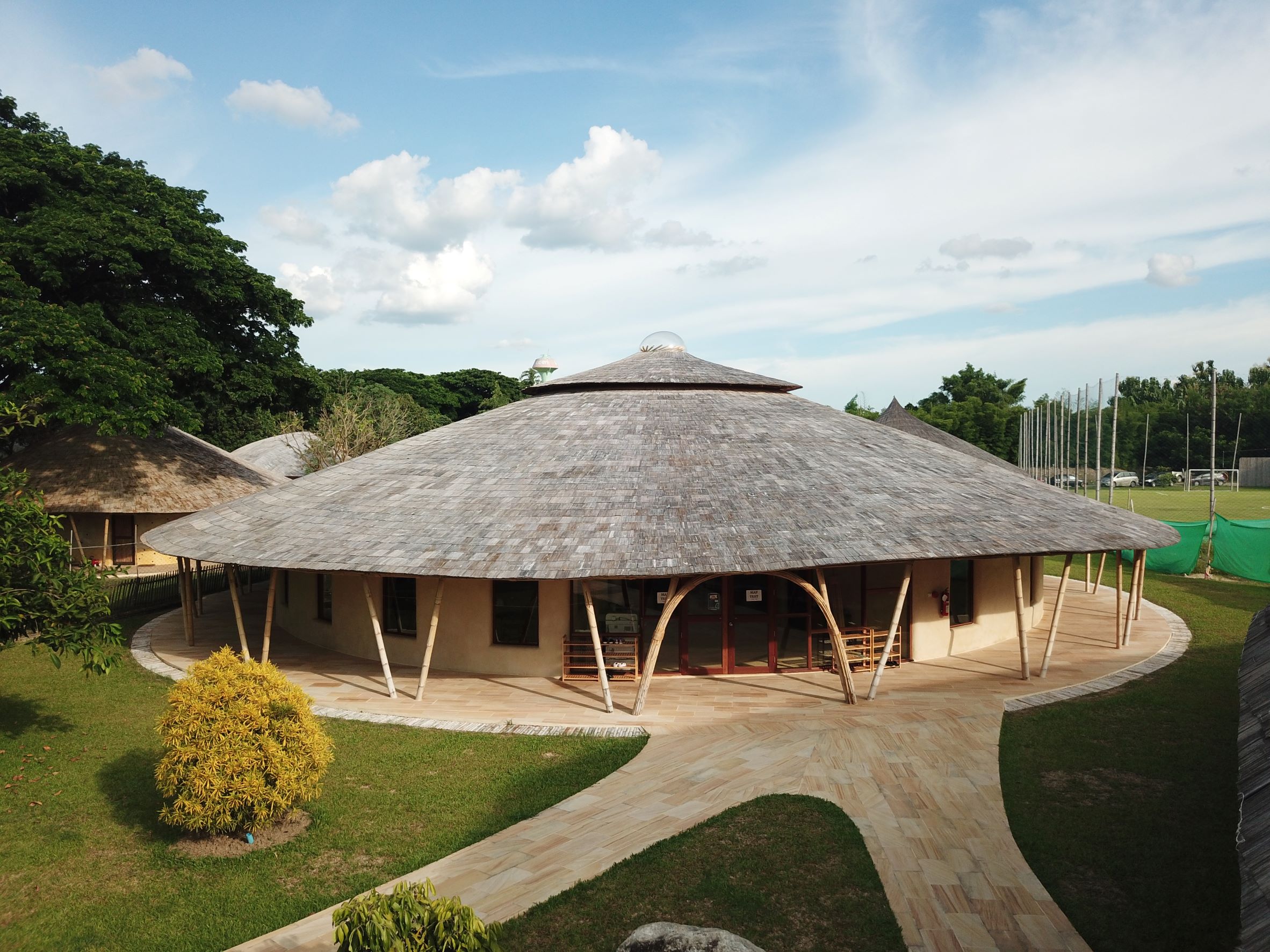
Photograph by Markus Roselieb
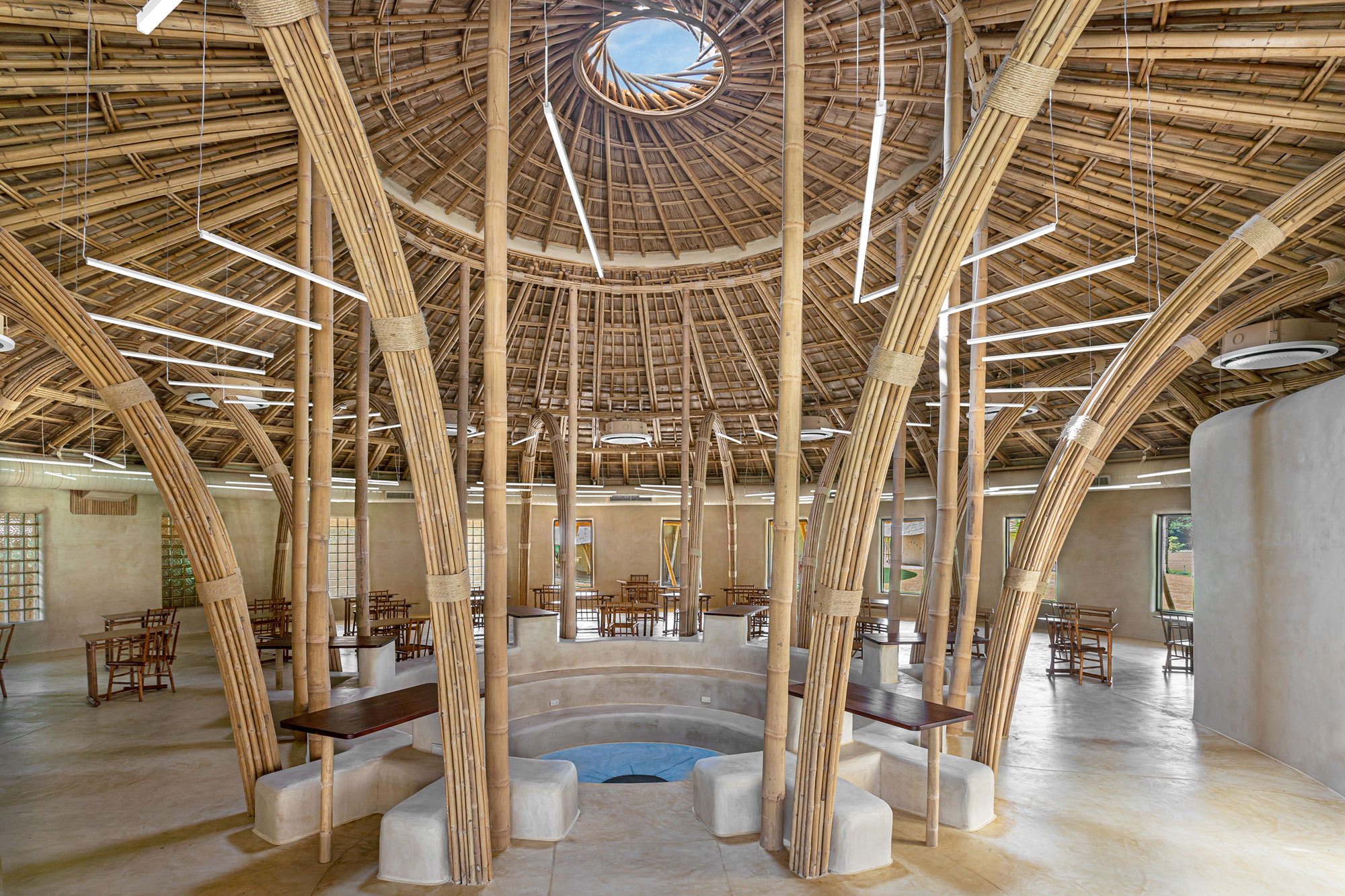
Panyaden Secondary School Library by Chiangmai Life Architects, Chiang Mai, Thailand. The small skylight floods the entire space with light while reducing the impact of the intense summer heat, creating an optimal environment for working. Photograph by Alberto Cosi
Yet, daylighting strategies need not be confined to conventional windows. Skylights, solar tubes and light shelves provide more direct control of sunlight, redirecting it to permeate deeper into the building or to reduce its impact in warm weather countries. Light shelves, for example, reflect sunlight onto the ceiling of a space, distributing it more evenly and deeply into the room. These advanced daylighting strategies can significantly reduce the need for electric lighting near windows while mitigating glare and brightness contrast.
Beyond managing daylight at its source, architects also grapple with how materials interact with light within a building. Light-colored, reflective materials distribute daylight more evenly, reducing shadows and dark corners. In contrast, darker surfaces absorb more light, which may contribute to thermal regulation but might necessitate additional artificial lighting.

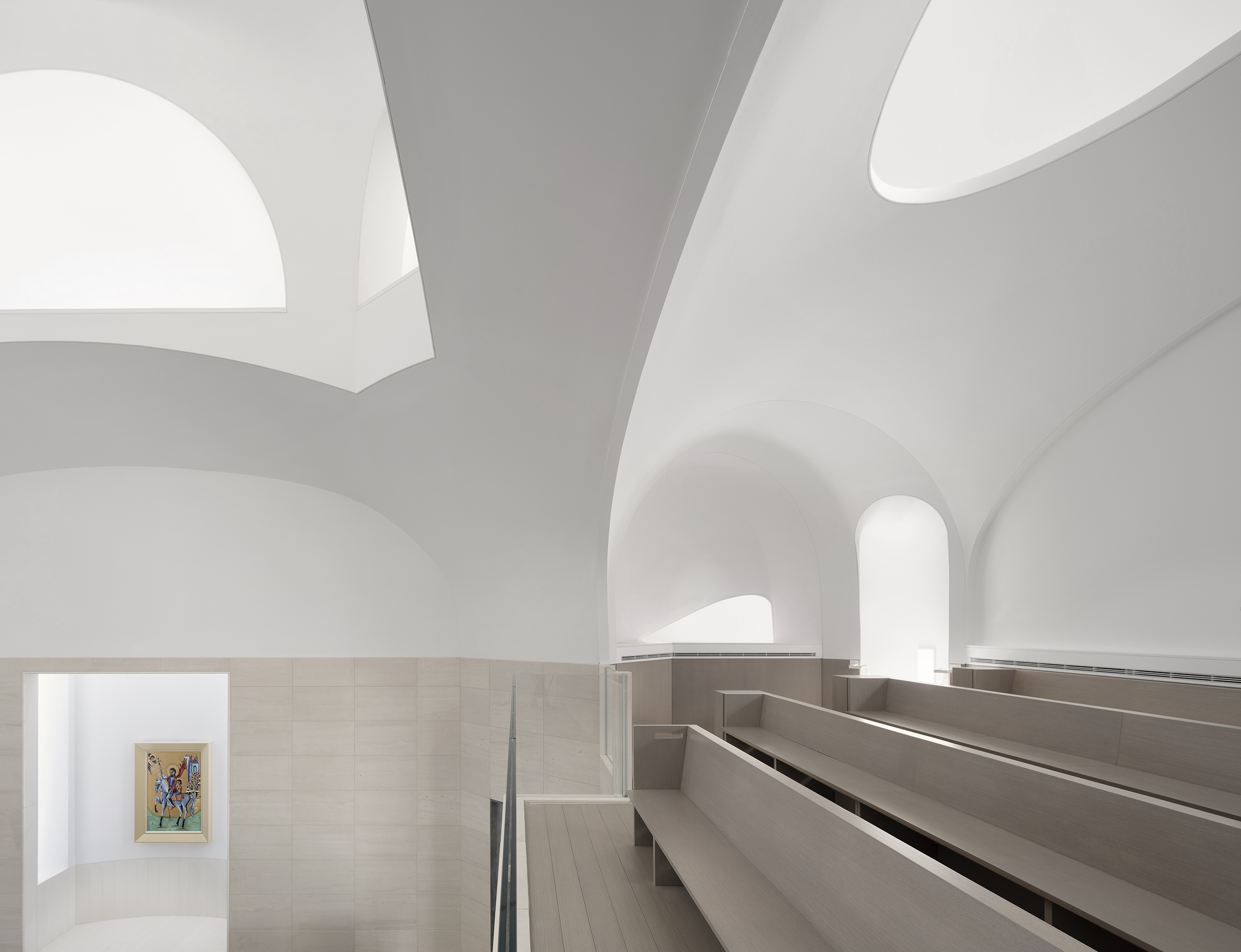
Saint Sarkis Church by David Hotson_Architect, Carrollton, TX, United States. Uses a series of l concave glass-fiber-reinforced concrete light coves to filter out the direct solar heat and glare while reflecting the powerful Texas sunlight indirectly into the interior space, resulting in an ethereal quality of illumination. Photographs by Dror Baldinger
It is well established that daylighting affects building occupants’ well-being in subtle but profound ways. Exposure to natural light, with its dynamic color and intensity variations, can boost mood, improve sleep, and promote productivity by aligning with our innate circadian rhythms. This type of daylighting is particularly crucial in healthcare settings, where successful strategies can not only reduce energy costs but can also contribute to patient recovery.
Like all powerful tools, daylighting requires finesse and understanding. Overzealous or unconsidered daylighting can lead to glare, overheating or stark contrasts of light and shadow, undermining comfort and energy efficiency. Therefore, architects and designers must walk a delicate tightrope, balancing the various elements of daylighting to create spaces that are not only visually and thermally comfortable but also energy-efficient and beautiful.
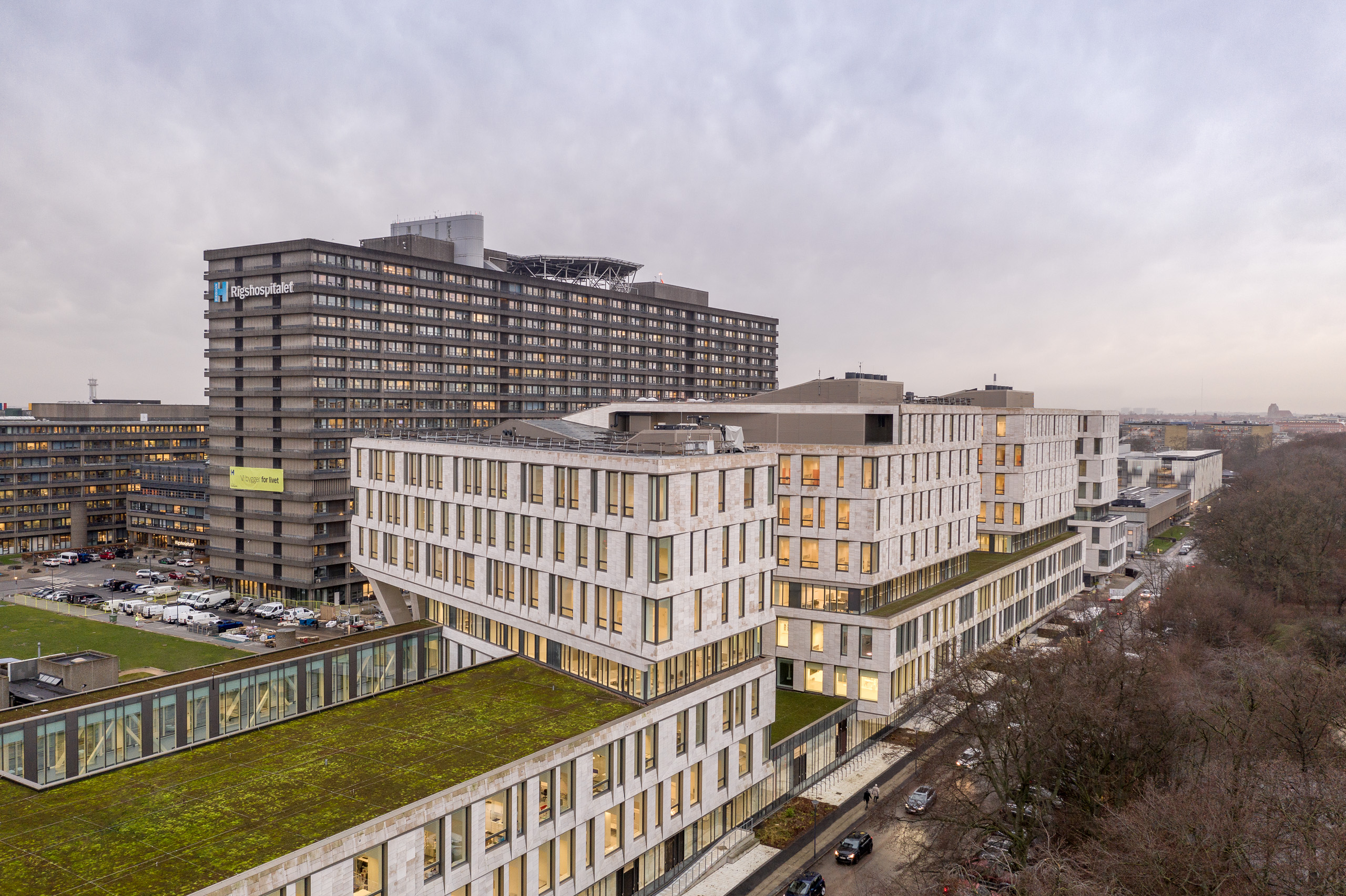
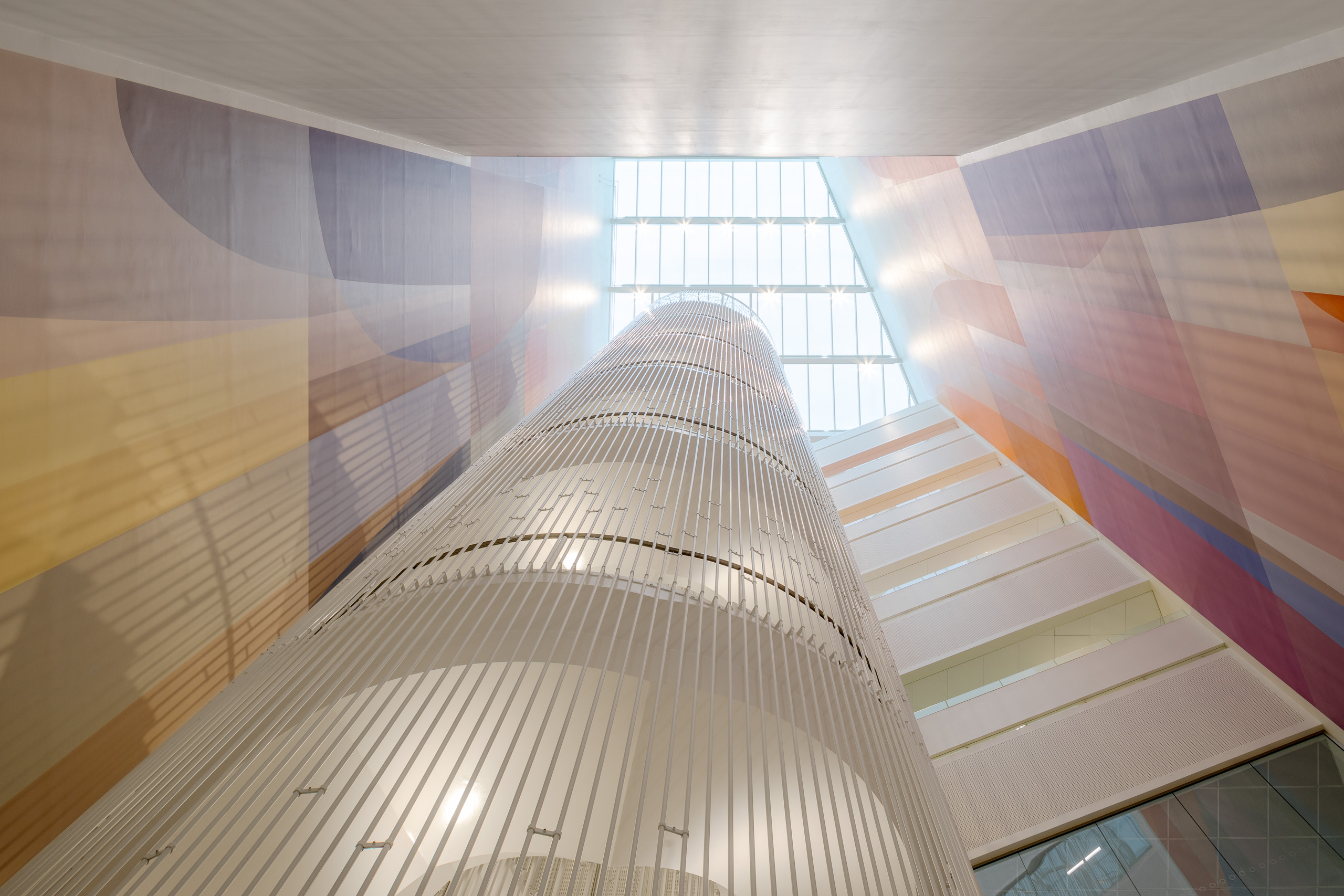
Rigshospitalet North Wing by LINK Arkitektur, Copenhagen, Denmark. Large windows and numerous skylights allow daylight to flow, creating a connection between the interior and the neighboring public park. The daylight-filled space and the green surroundings help create a peaceful environment with optimal conditions for recovery. Photographs by Adam Mørk
Navigating these nuances requires more than intuition. Given the complexity of daylighting design, computer-based daylight simulations have become an essential part of the architect’s toolkit. These tools provide insights into the impacts of different design decisions on daylight availability, illuminance levels, visual comfort and energy consumption. They allow architects to assess and adjust their designs in a risk-free virtual environment before breaking ground.
With the rise of simulation tools and performance-based design in recent years, daylighting has grown from an art to a science. These advancements allow architects to predict and analyze daylight performance, informing design decisions and helping balance aesthetics, energy efficiency and occupant comfort.
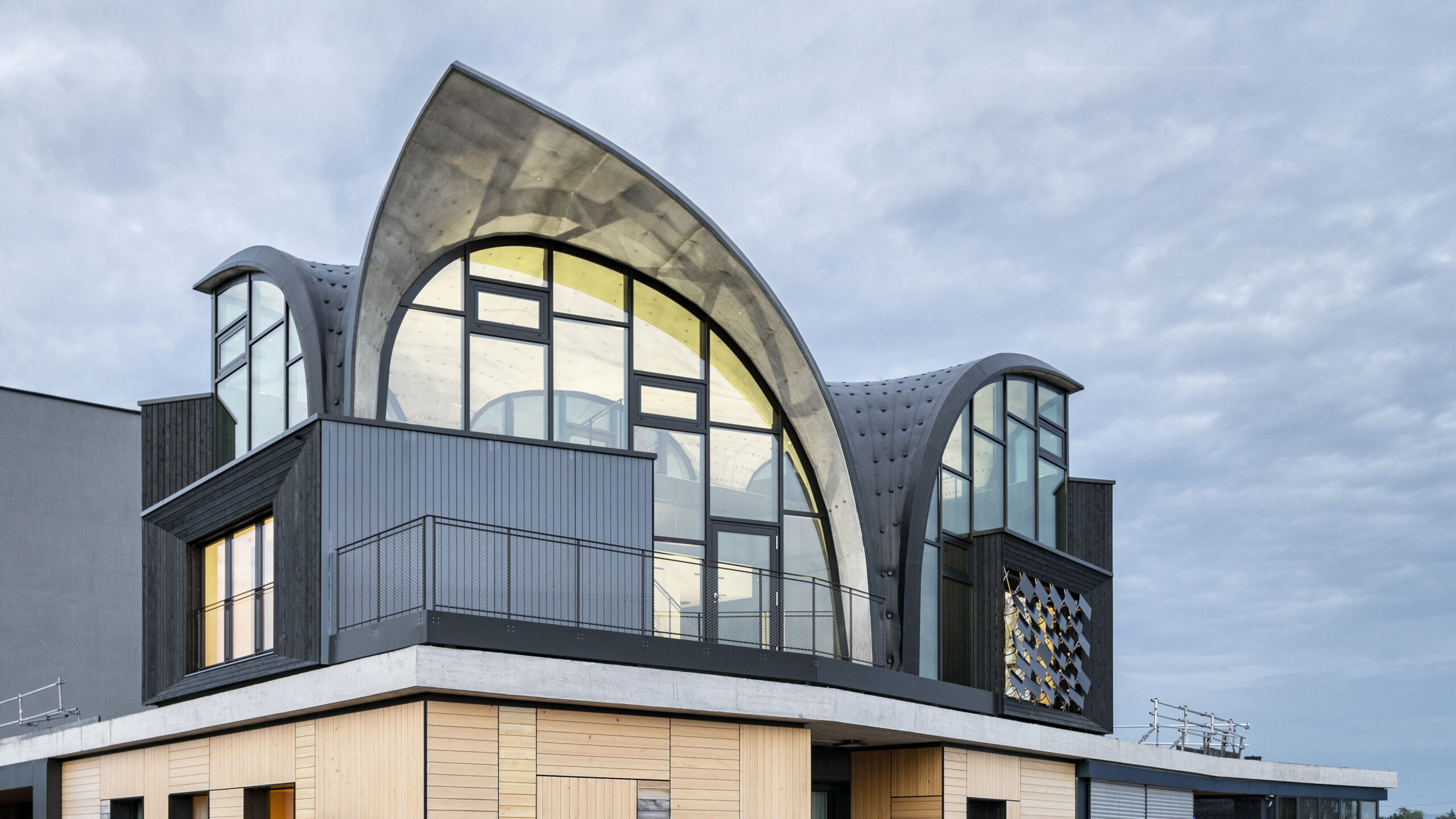
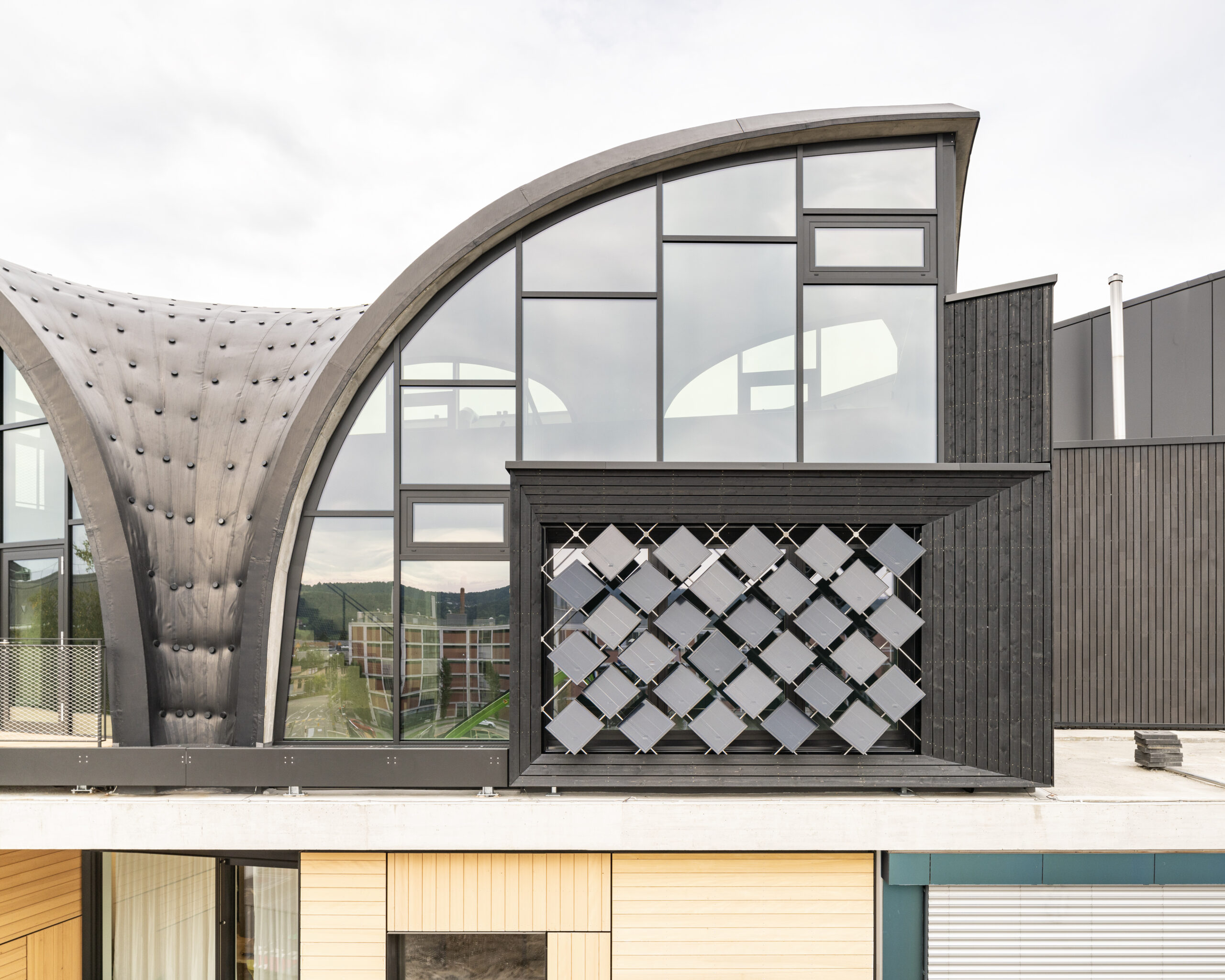
HiLo Unit at NEST by ETH Zurich, Block Research Group, Dübendorf, Switzerland. Pioneering an adaptive solar façade and regulating the thermal environment by controlling the solar intake. Photographs by Roman Keller.
It’s clear the role of daylighting in architecture is set to expand. With advancements in glazing materials, automated shading devices and adaptive artificial lighting systems that respond to changing daylight levels, the future of daylighting looks bright.
At its core, daylighting is about embracing the sun’s potential to illuminate our buildings in ways that enhance comfort, conserve energy and create visually pleasing spaces. By delving deeper into the science of sunlight, architects can harness this abundant resource to create more sustainable, healthier and human-centric buildings.
In a broader context, daylighting symbolizes architecture’s commitment to ecological and social responsibility. It embodies the promise of architecture not just to provide shelter but to enhance the quality of life within our buildings. Through informed design strategies like daylighting, we can ensure our buildings resonate with the sun’s light, warmth, and life-giving energy, creating spaces that truly serve those who occupy them.
Architects: Want to have your project featured? Showcase your work by uploading projects to Architizer and sign up for our inspirational newsletters.
